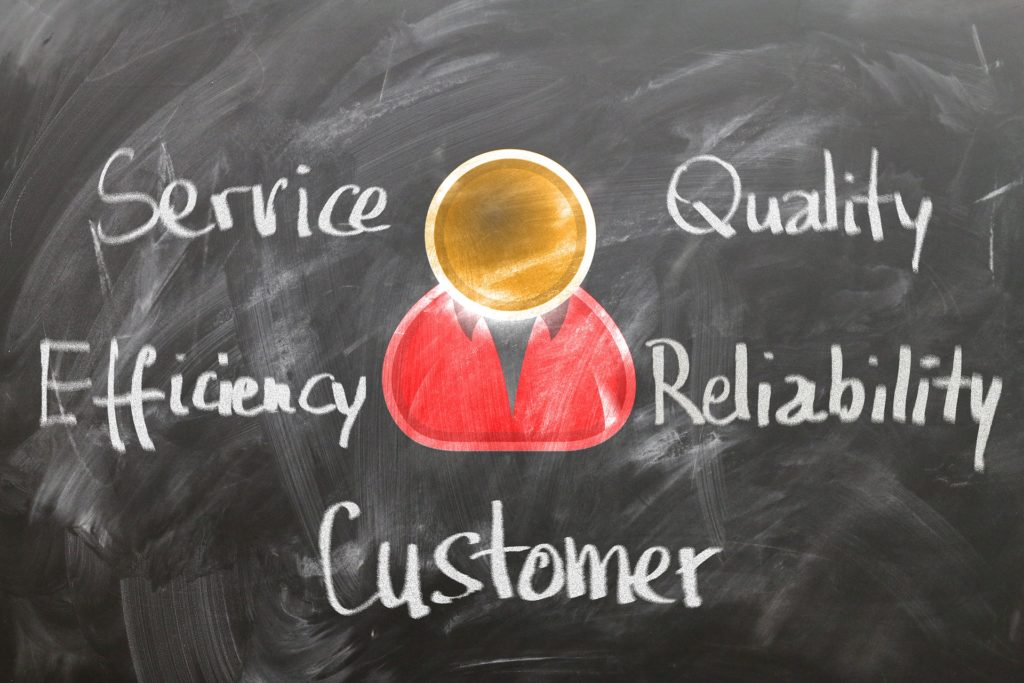
Businesses often say that customer satisfaction is a high priority, but in light of recent events, it might be even more than that.
One of the biggest announcements from this year’s SAPPHIRE NOW gathering was Bill McDermott’s introduction of SAP C/4 HANA. As the name implies, this is similar to the much-publicized S/4 HANA business suite, with a key difference being the new customer-centric approach the reportedly flips the previous emphasis on sales, according to a statement from earlier this month. In it, the company also mentioned the various cloud services included in the SAP C/4 HANA Portfolio, including SAP Commerce Cloud, SAP Customer Data Cloud, and SAP Service Cloud. Although there are clearly many goals on SAP’s agenda, it’s hard to ignore the positioning: the statement doesn’t just promote data management, but specifically “managing data to reach customers”.
Healthy customer relationships have been favorite rallying cries in the world of technology for some time. A 2014 Gallup article explored the many industries in which engagement can make a significant difference, from retail banking to electronics to hospitality to insurance. It also defined “fully engaged” customers as a separate category from those who are merely “indifferent”, noting that the latter would include both rational and emotional responses. Since then, the power of the customer has arguably grown even more.
What’s notable about the C/4 announcement is the link between customer management and the latest data-driven solutions. What if companies begin seeing CRM success as the main benchmark for success and development? The tools are already there, and future developments are emerging all the time with new opportunities to keep customers interested.
Your company can also look at other important enterprise projects from a CRM perspective. Using document management as an example, we can see how increasing the importance of customer satisfaction, engagement, and management might look in practice:
- Traceability: Responsible, effective use of data can help companies tell where important documents are and how many people have seen them, among other things.
- Document accuracy: There’s no room for error on important items like invoices. The ability to transmit and receive documents efficiently could make it easier to replace older iterations.
- Streamlined communication: Breaking down silos could bring more collaboration across the enterprise and a simpler setup for customers to interact with. Gartner has reported that a “multichannel service experience” is the top priority for service and support providers this year. Businesses can think about condensing the amount of communications they need to make as a operational way to address this same issue. This follows from some of the ideas we’ve mentioned above, using data and a greater ease of availability to appeal to customer demands.
- Process: Redefining a company’s culture usually takes time, but it can be important for further innovations. Reassessing document management is one way to change a business’ priorities so customer relationships take precedent.
Do you see CRM as a growing catalyst for transformation? Leave a comment below and give us your take on this possible change in approach to cloud business computing.


